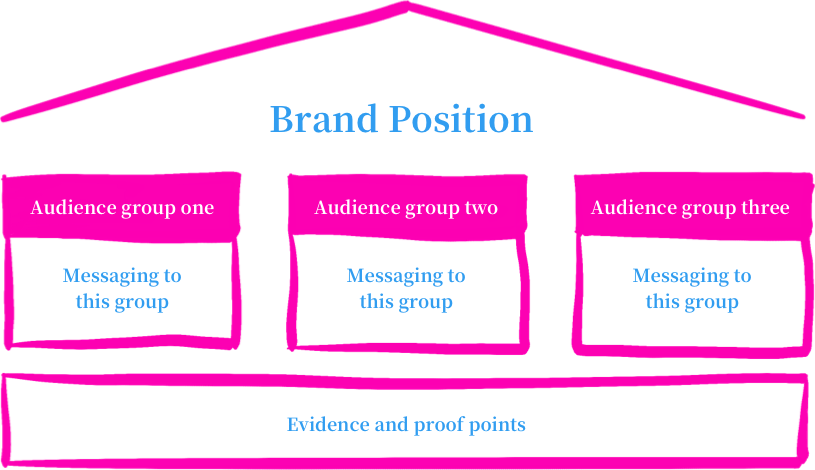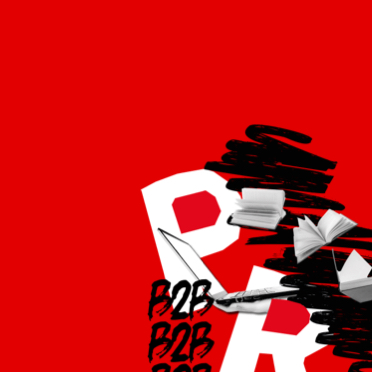The word “brand” originates from the Old English word to “burn”, which all things considered is a bloody weird thing to base a marketing strategy on. We’ve come a long way from burning a logo onto the arse of a cow, or inscribing it on a Viking sword in order to indicate superior technology; in our experience there are very few burned cows in marketing nowadays.
What was a fairly simple act practiced by people in horned helmets, or more latterly men in Stetsons and leather chaps, is now a complicated exercise in bringing clarity to all points at which customers and other stakeholders engage with your business. Practiced by smartarse sorts in marketing agencies, mainly without the leather chaps unless it’s dressdown Friday. At its most simple, brand comms is about identifying a clear territory to own – and then doubling down on making sure all customer touchpoints across the business are able to evidence that claim in a credible way.

Communicating to disparate groups
A common challenge is how to get the right level of consistency and clarity in brand comms to work effectively when you need to sell different products and solutions to a range of customers and stakeholders with varying motivations to purchase. Whilst crystallising messaging basics like values and positioning are a solid start, they aren’t always enough – it can quickly start to feel like you’re trying to force a standardised message onto multiple different segments that need a more nuanced, personalised approach. Or on the other hand, hopping from message to message with little cohesion between them.
This can be a particular challenge in B2B. For example, you might be selling similar products to both specification (eg architects) and trade (eg technical specialists) audiences at different stages of a purchase cycle.
Whilst your core brand values should be broadly relevant to both customer types, how you communicate both these and your associated product or service benefits will need to differ if you want them to be mosteffective. The challenge then is how to do this so that you still build a consistent, positive perception with each.
Without that joined up thinking, the net result is that customer understanding of how your brand is relevant to their job, and therefore how effective the brand can be in winning their business, is reduced. Campaigns come and go and the chance to keep reiterating and reinforcing exactly what makes you special is lost. The further off base and diverse your messaging, the greater the risk of undermining trust – why wouldn’t folk feel disengaged if you’re behaving differently from one campaign to the next?
Balancing cohesion with relevancy
What’s needed is a centre of gravity for all brand messaging that goes beyond just top level positioning – balancing core brand values with the flexibility to work well across differing customer requirements. You may well have the finest customer support in the industry, but that’s going to mean different things to Karen the architect than it is to Barry the engineer.
Developing a messaging matrix that strikes the right balance between detail and actually being useful in practice can help to provide the structure this needs. In some cases, that might mean looking first at how you can group different types of customers and purchase influencers based on common ground in what they’re after and what you’re looking to sell. This helps when you’re starting with double digit numbers of customer types or personas – otherwise you’re going to end up with a bewildering array of messages that no-one will be able to turn into a cohesive series of campaigns.
With those pared to an efficient number, mapping them out across a matrix helps to lay down what each group’s messaging will be anchored in. This should be a process of taking your top level position and refracting it through the priority needs of each group to maintain relevance.








